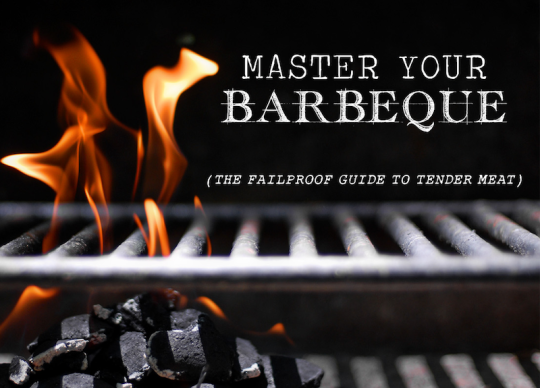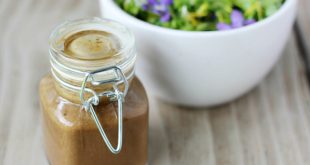The Failproof Guide to Tender Meat
I’m super excited to share today’s guest post by Aubrey from Homegrown & Healthy. Aubrey’s blog is an absolute gem. Take one look at it and you’ll see why I’m thrilled to share it and why it’s quickly become one of my new favorite sites. She shares healthy recipes (the recently posted blended banana ice cream looks incredible), gardening tips (check out her latest on how to build a butterfly garden), fitness, homemade/do it yourself projects (the natural, chemical free produce wash is the bomb), and inspiration to help you lead a simple and healthy lifestyle. Take it away Aubrey……
The other day Hubs and I went to visit the Farmer’s Market and we made a small investment in a piece of pork. And by that I mean it came from a farm where the hogs eat better than half the people you know, happily foraging for wild nuts in the forest and munching on fresh, organic produce in the meantime.
And as the editor of a food blog, it pains me to admit that I was intimidated about cooking this expensive piece of meat.
But let’s be honest. When you start with amazing ingredients the key is always to keep it simple and letting their natural flavors speak for themselves.
So whether you’re a novice in the kitchen or simply trying to hone up on your already impeccable grilling skills, read up on some advice on how to get perfectly cooked, tender pork every time.
1. Start with only the best ingredients
When it comes to cooking anything real, fresh foods are always the key.
When you’re starting with great ingredients they don’t need a lot of fuss. Skip the fancy marinades and sauces. Fresh garlic, onions, and herbs are the way to go.
2. Brine
Soaking your pork in a saltwater brine is an effortless way to infuse taste and moisture. Try soaking it in a mixture of salt and water for a day (or two, or three). Your ratio will vary based on the size and density of the meat, but a good rule of thumb is a cup of salt to a gallon of water.
3. Retain moisture
Fat is your friend. Fat equals moisture. So how do you keep that moisture in your pork instead of on the floor of your grill?
By creating a barrier that’ll keep the juices in the meat even as that succulent fat begins to render.
You can do this by using a foil liner.
Or if your pork still has the skin on it, then sear it.
Whatever you decide on, don’t let that juice escape!
4. Low heat
Whether you’re smoking, barbequeing or cooking in the oven, the name of the game is low heat. Keep your temperatures beneath 250 and allow your pork to cook for hours.
Not sure when it’s finished? Let pork get to an internal temperature of 190.
Meet Aubrey from Homegrown & Healthy
Aubrey is the creator and editor of Homegrown & Healthy, an online community built to encourage simple, natural lifestyles. You can also follow Homegrown & Healthy on Facebook, Twitter, Pinterest & Instagram.
 Primally Inspired Real food, Natural Remedies, Holistic Living
Primally Inspired Real food, Natural Remedies, Holistic Living
















